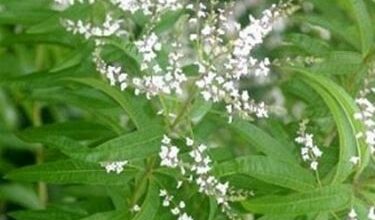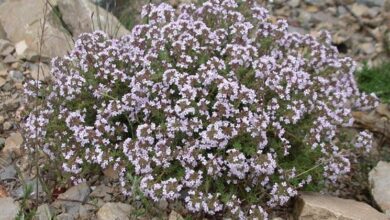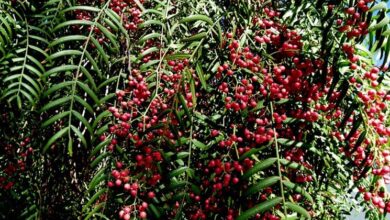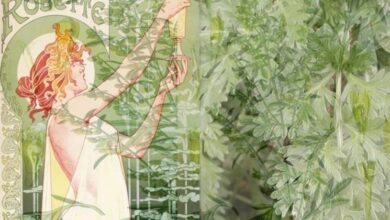Pink pepper plant
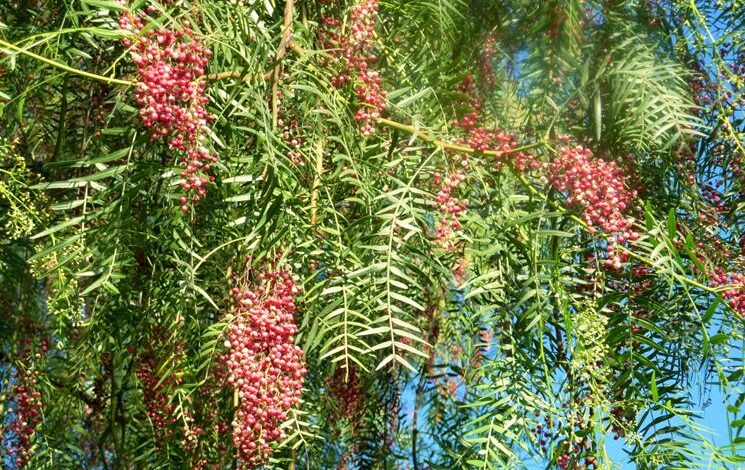
When to irrigate
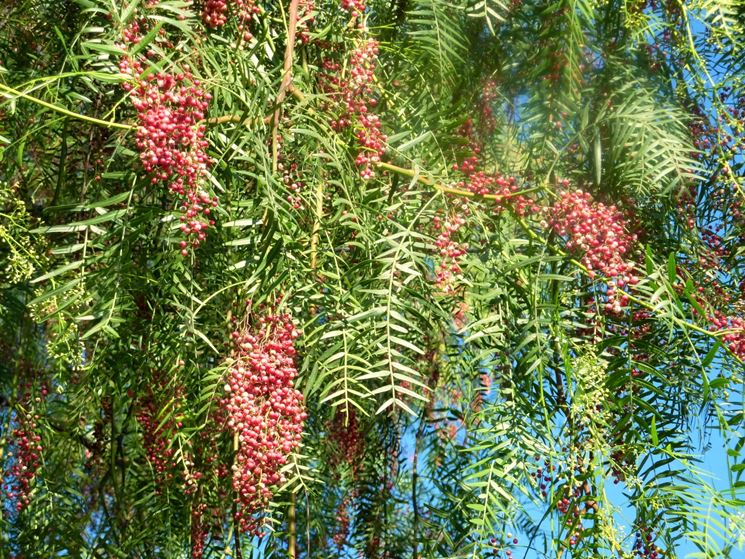
How to cultivate
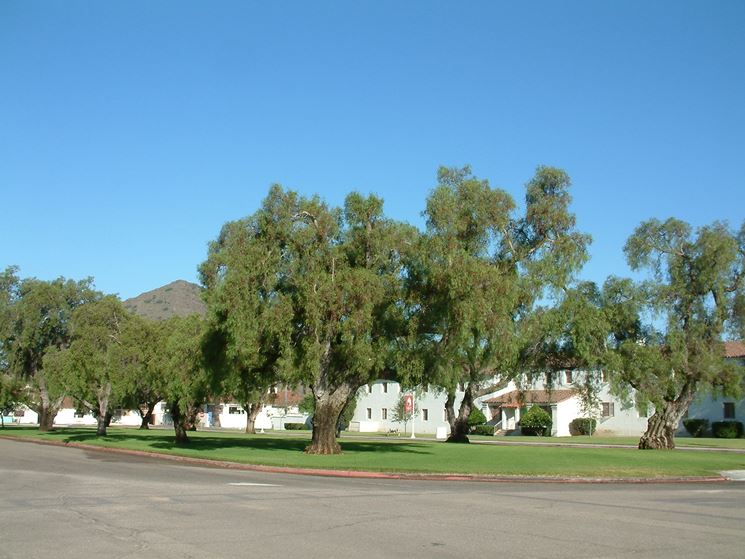
The pink pepper tree is native to the hot areas of Central and South America, where it normally reaches a height of about seven meters. It also adapts well to our latitudes and climates, although here it stays on a smaller scale. To cultivate it, you can proceed with sowing in the spring, placing many seeds in a soil mixed with sand and peat. It is in fact a low germination plant and to obtain at least a few plants it will be necessary to plant a very high number of seeds. Another method is to proceed by cuttings, during the summer period, taking it when it is in the semi-woody state. Once taken, it must be placed in water to be able to root with the addition of some rooting compound in order to facilitate the process. When the root system has finally developed fully,
How to fertilize
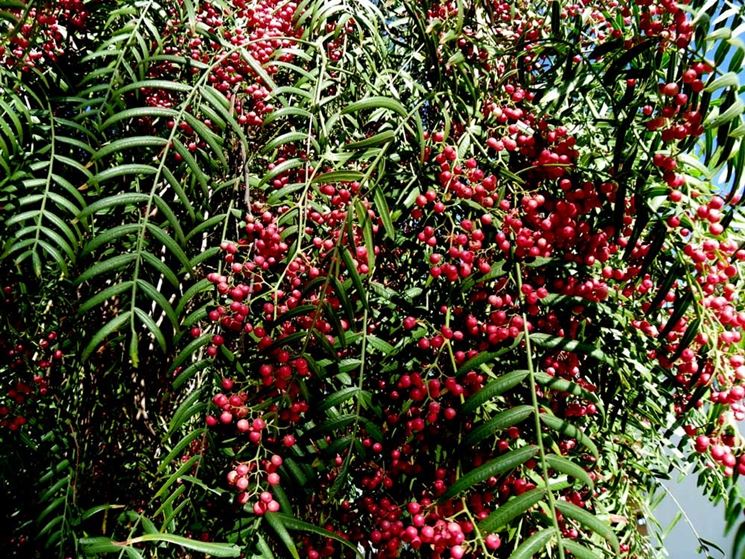
As already mentioned, the pink pepper tree is native to countries such as Bolivia and Peru, accustomed to growing in poor soils. For this reason it has no particular needs with respect to the soil and does not generally require fertilization, which leads to consider it a rustic plant. However, to ensure a good production of flowers and berries it is better to proceed with a light and sporadic fertilization of the base. The best way to fertilize the pink pepper tree is to use slow-release fertilizers, which gradually enrich the soil and are gradually absorbed by the plant. It will therefore be good to add organic fertilizer mixed with peat, in order to provide more nutrients to the soil at the time of production, a simple procedure to be repeated at intervals of three or even four months.
Pink Pepper Plant: Diseases and Remedies
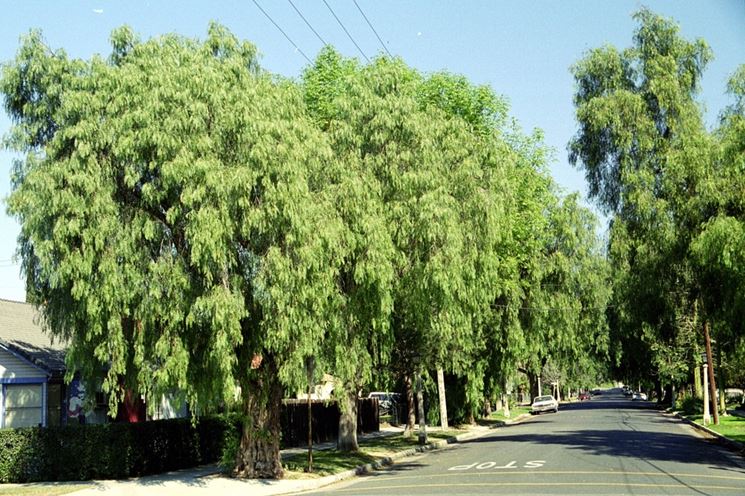
In traditional medicine, the extract obtained from the berries of the pink pepper tree was often used as an antiseptic and disinfectant, as well as a natural pesticide. A whole series of properties that make it a very resistant plant to parasites, not to mention almost immune to their attacks. The situation changes if we consider any diseases caused by the stagnation of water around the plant. The main problem of the pink pepper tree is in fact linked to root rot, a fungal disease caused mainly by the armillaria mellea bacterium, but also by other pathogens such as phytium and thielaviopsis basicola. In the first case, you will notice white mycoses under the bark, in both cases the whole plant will go into suffering and will no longer be able to receive nourishment.

